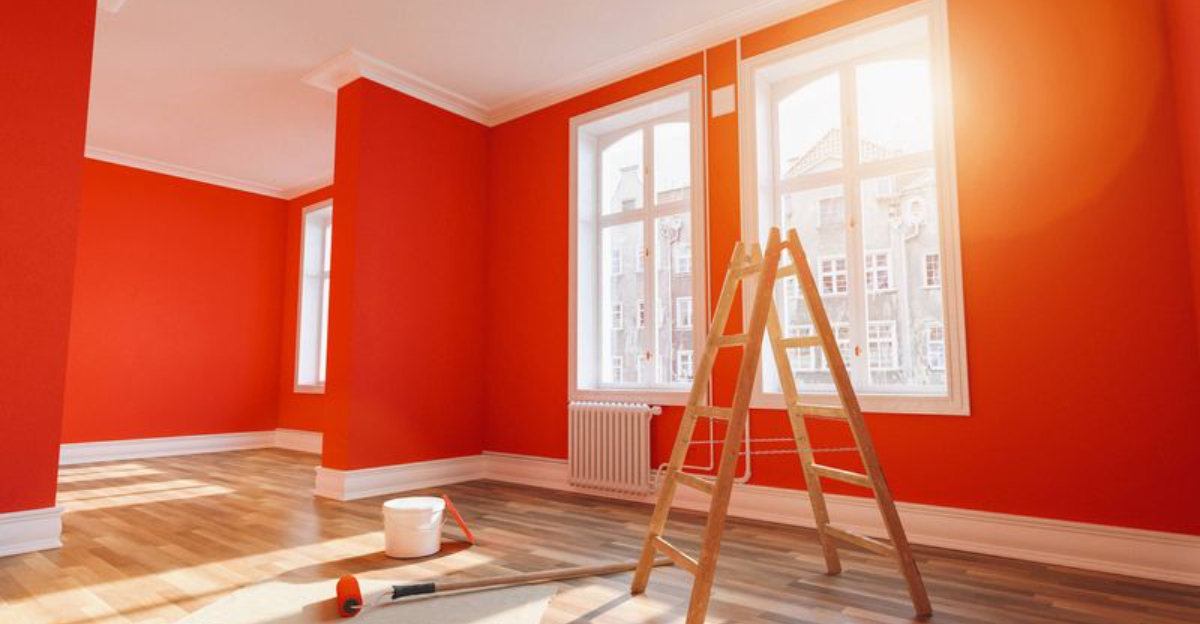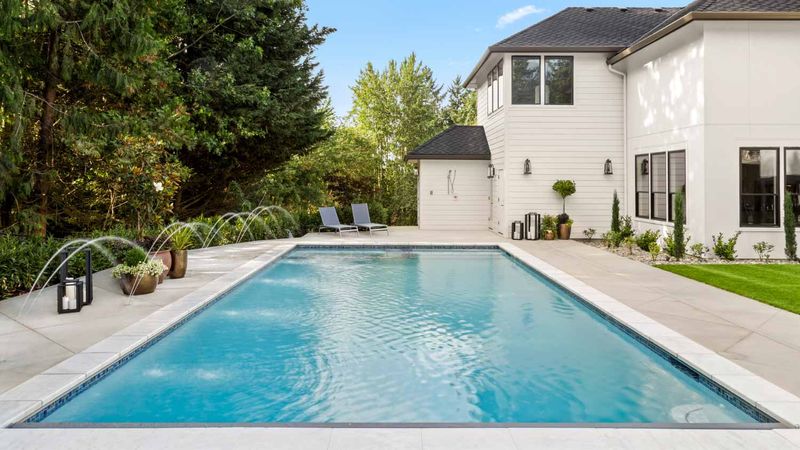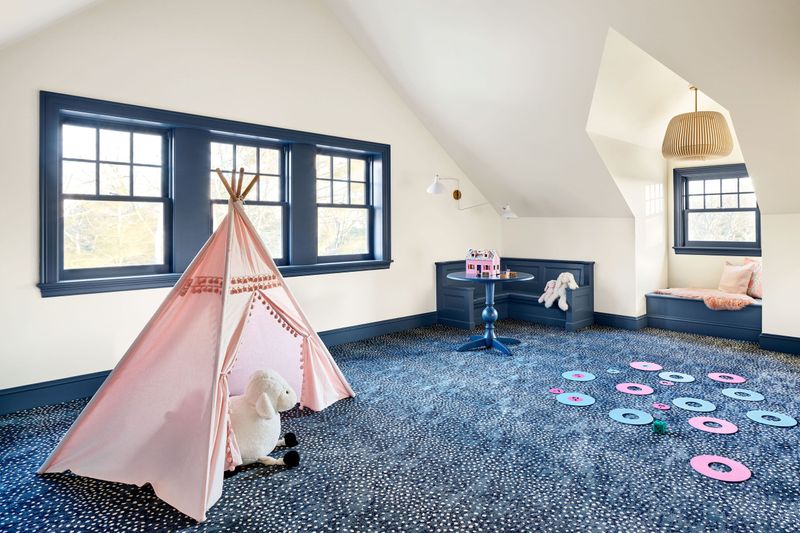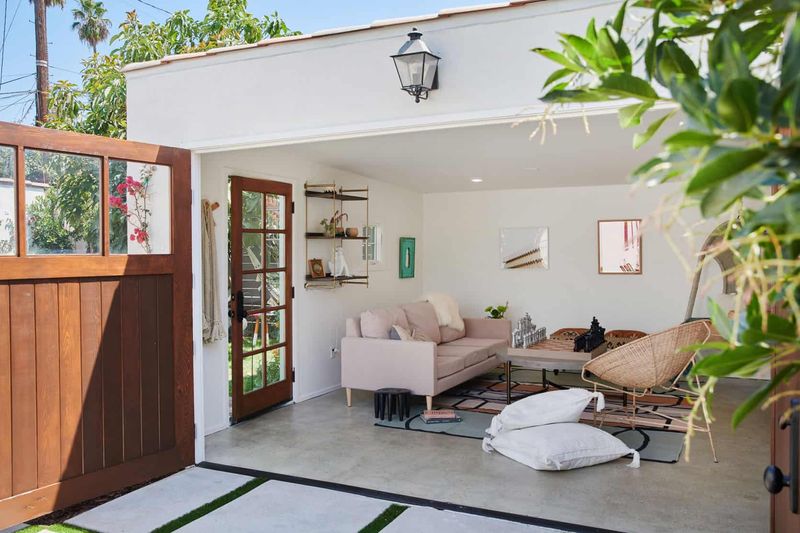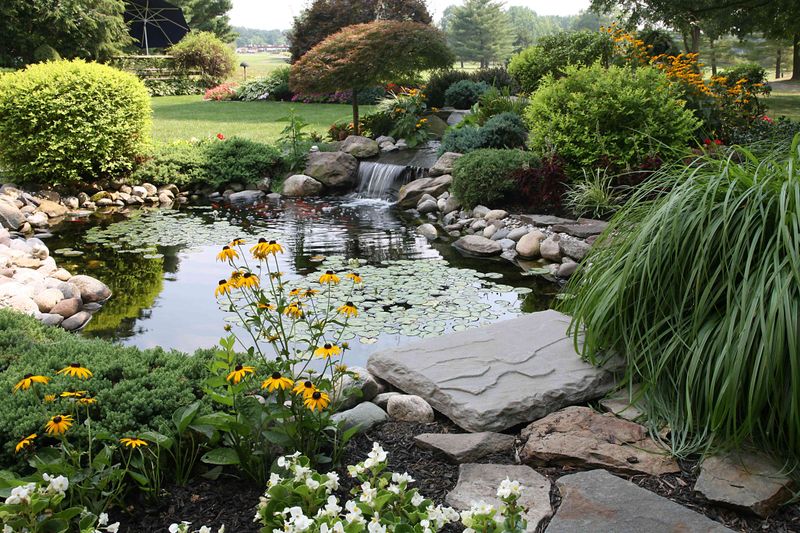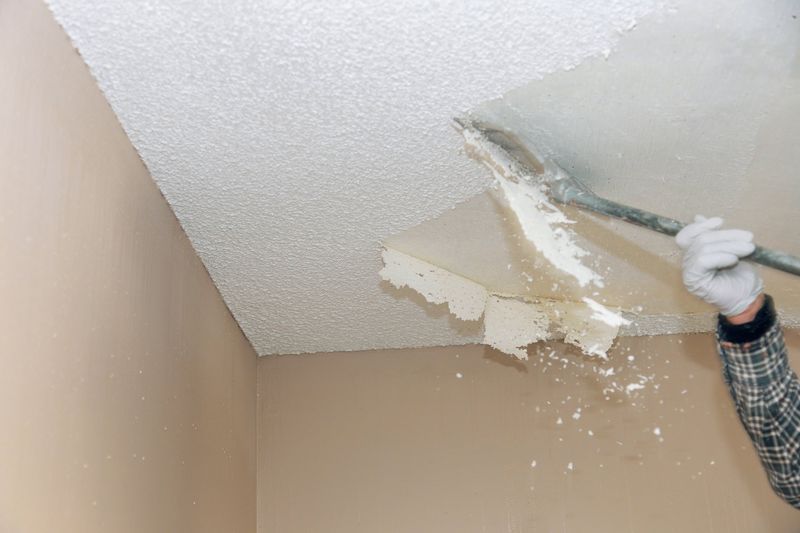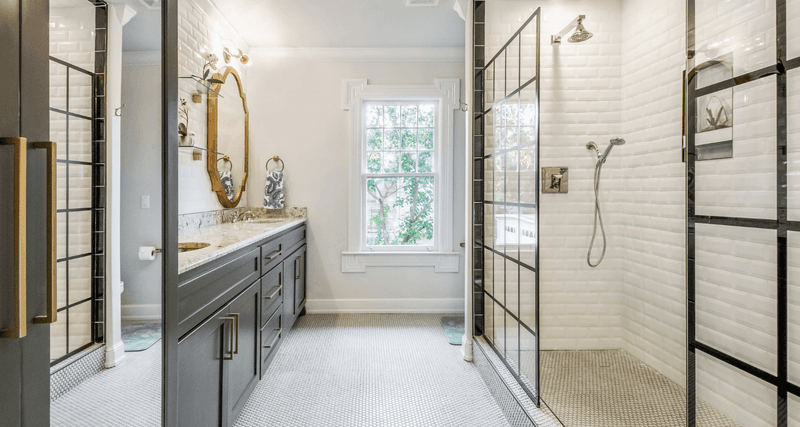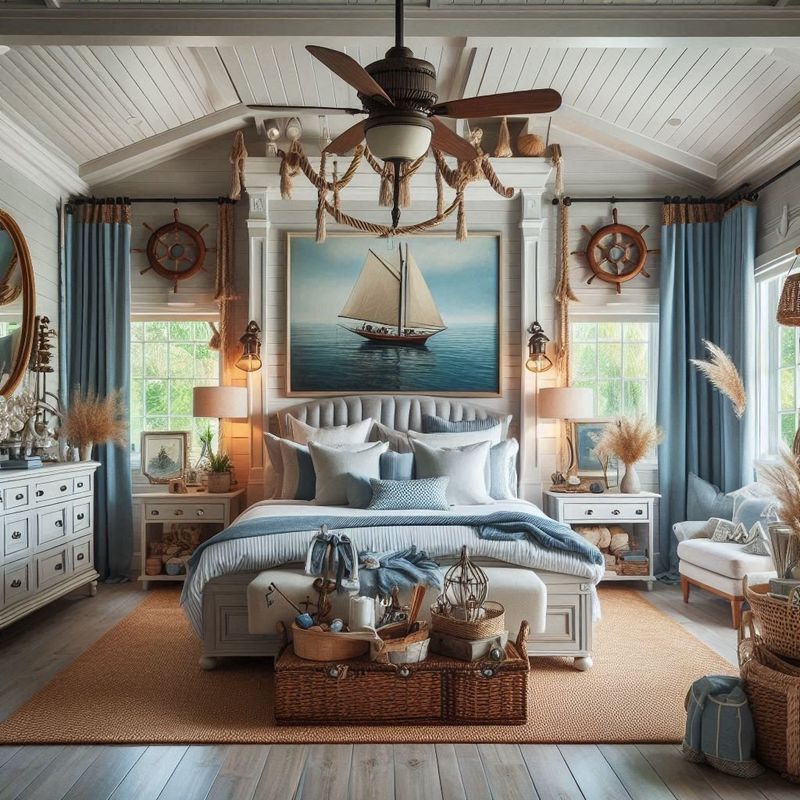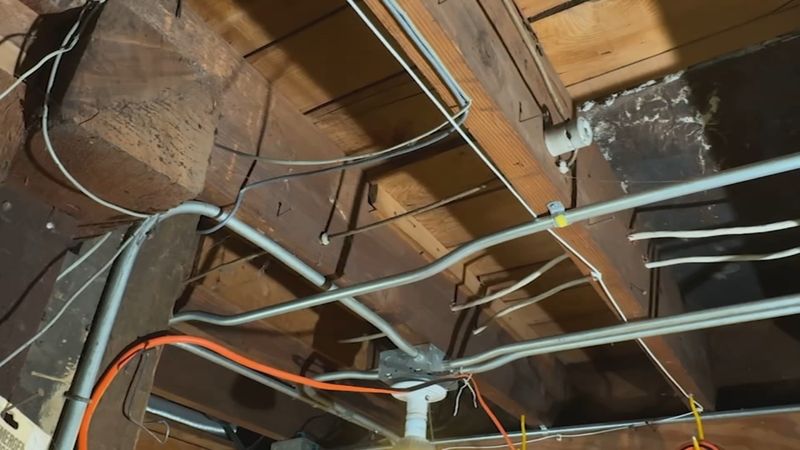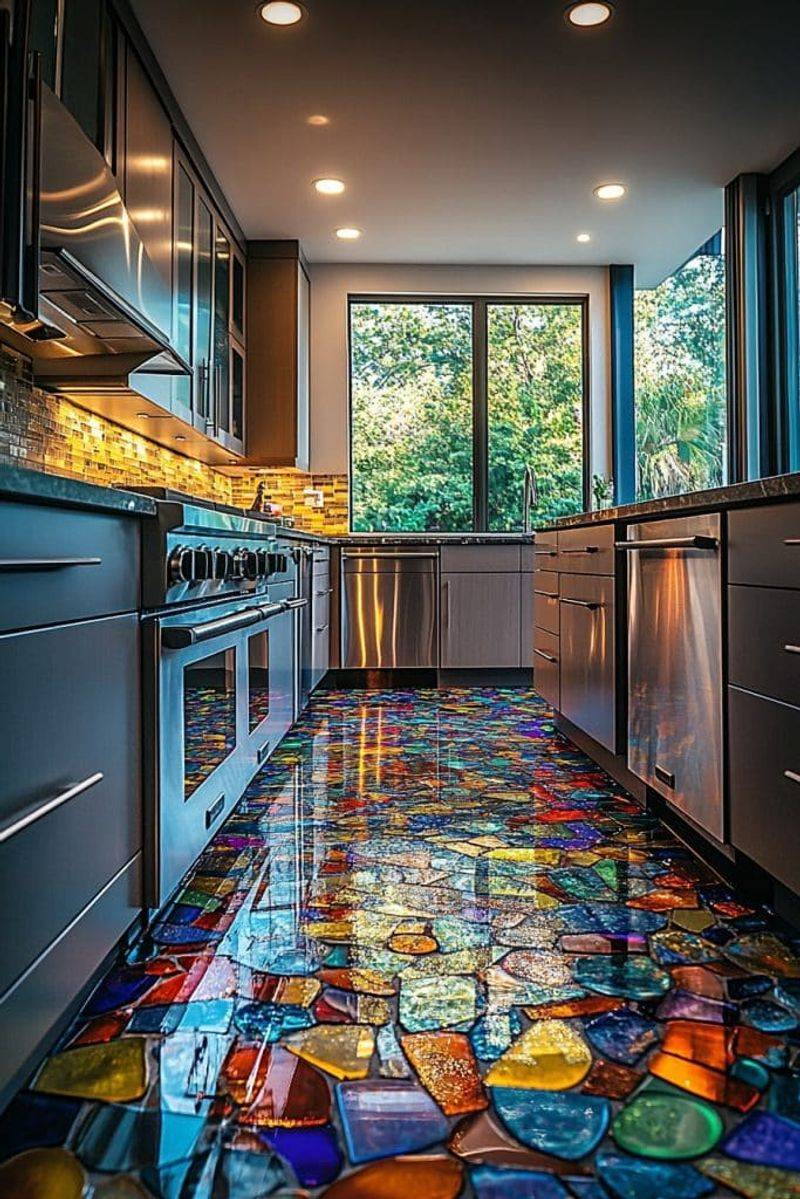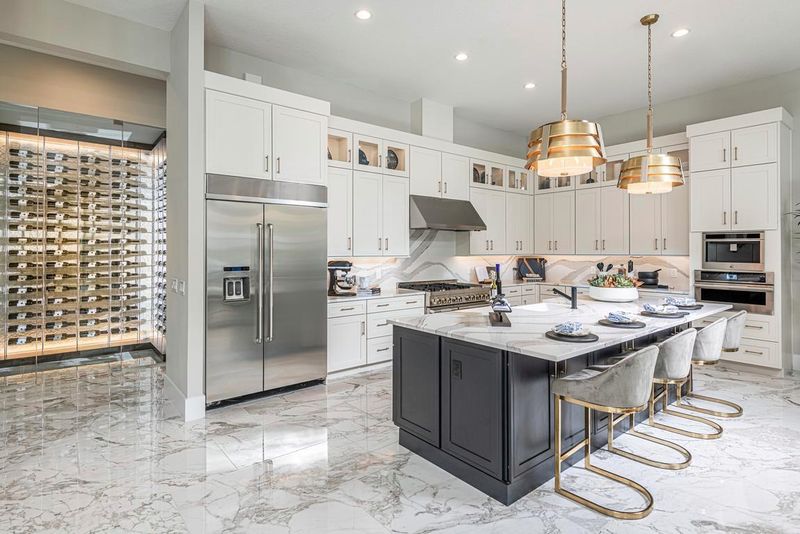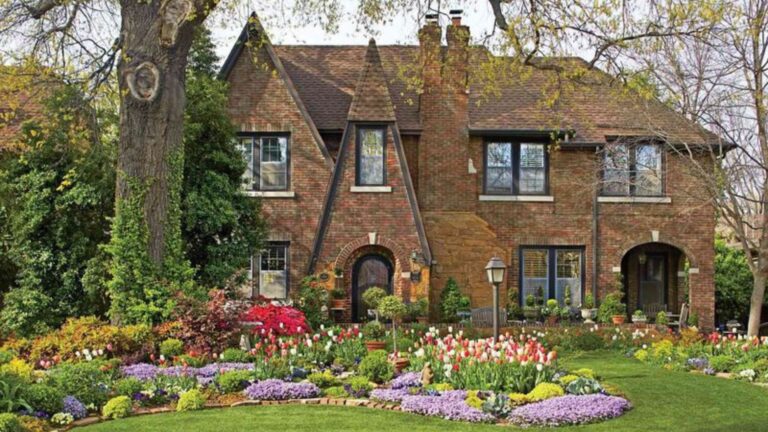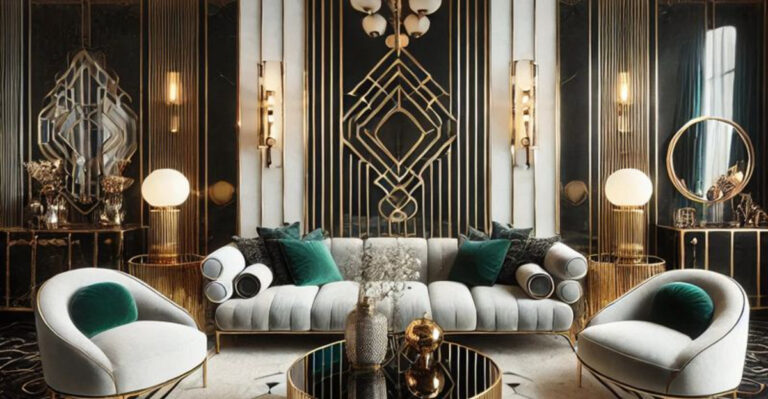10 Features You Love About Your Home That Buyers Won’t, According To Realtors (Plus 5 Extra Things Always To Avoid)
What you love about your home might be exactly what turns buyers off. Realtors see it all the time – features that feel personal, unique, or fun to a homeowner can be red flags to potential buyers.
From bold design choices to quirky renovations, some of the things that make your space yours could actually hurt its market appeal.
If you’re thinking about selling, it’s smart to know what might be working against you. Here are 10 beloved home features that buyers often dislike – plus 5 extra things realtors say to always avoid.
1. Bold Wall Colors
Ever fallen head over heels for that dramatic burgundy dining room? While your vibrant paint choices might perfectly express your personality, they’re actually sending potential buyers running for the hills.
Most house-hunters prefer neutral palettes they can easily envision with their own belongings. Those bold color statements that make your heart sing are mentally tallied as “immediate repainting expenses” in buyers’ minds.
2. Heavily Customized Closets
Your meticulously organized closet system might be your pride and joy, complete with specialized shoe racks and custom shelving for your collection of vintage hats. Unfortunately, what feels like organizational heaven to you screams “expensive to remove” to others.
Buyers often view highly personalized storage solutions as limitations rather than assets. That $5,000 closet system designed specifically for your wardrobe might be completely wrong for their needs.
3. Swimming Pools
Nothing says luxury quite like your backyard oasis, right? Wrong! That sparkling swimming pool you consider the crown jewel of your property often translates to “money pit” in buyer-speak.
Many house hunters immediately calculate the ongoing maintenance costs, safety concerns, and insurance implications. For families with young children or older buyers looking to downsize, pools represent a hazard or unnecessary expense rather than a selling point.
4. Wall-to-Wall Carpeting
Remember how excited you were about that plush, wall-to-wall carpeting when you first moved in? The soft cushion underfoot might feel like heaven to you, but today’s buyers are generally running in the opposite direction.
In an era where hardwood and luxury vinyl are king, carpeting is often viewed as outdated and unhygienic. Potential homeowners immediately envision allergens, stains from previous owners, and the hassle of replacement.
5. Converted Garages
That awesome home gym or bonus room you created from your garage space might be your daily sanctuary. For buyers, however, it’s often viewed as a significant downgrade from what should be valuable parking and storage space.
Losing garage functionality is a major deterrent, especially in areas with harsh weather conditions or limited street parking. What you see as added living space, they see as the expensive project of converting it back.
6. Elaborate Gardens
Your meticulously maintained English rose garden might be your weekend passion, but those elaborate landscaping features often translate to “weekend labor” in buyers’ minds. The koi pond that brings you such tranquility? It screams maintenance nightmare to many prospects.
Today’s busy homebuyers increasingly favor low-maintenance outdoor spaces. Complex water features, delicate plants requiring special care, and extensive flower beds that need regular attention can actually detract from your home’s appeal.
7. Textured Walls and Ceilings
Remember when you thought that popcorn ceiling or textured accent wall added character to your home? While textured surfaces might hold nostalgic appeal for you, they’re frequently deal-breakers for contemporary buyers.
What’s worse, older textured surfaces may contain asbestos or lead, raising health concerns that can complicate both the sale process and the new owner’s renovation plans.
8. Extensive Smart Home Technology
Your fully integrated smart home system might make your life incredibly convenient, but it can actually intimidate or frustrate potential buyers who aren’t tech-savvy. Complex proprietary systems often create concerns about learning curves, compatibility issues, and ongoing subscription costs.
While basic smart features like thermostats or doorbells generally add value, extensively customized automation systems can be overwhelming. Older buyers particularly may see sophisticated technology as a liability rather than an asset.
9. Personalized Built-Ins
Those custom built-in bookshelves perfectly sized for your collector’s edition hardcovers might be your favorite feature, but they often limit buyers’ vision for the space. Highly personalized permanent fixtures tend to be viewed as constraints rather than assets in the resale market.
Whether it’s a built-in entertainment center designed for now-outdated electronics or custom shelving that dominates a room, these features can make spaces feel smaller and less adaptable.
10. Removing Bathtubs
When you replaced that rarely-used tub with a spacious walk-in shower, it probably seemed like a practical upgrade for your lifestyle. Unfortunately, removing bathtubs—especially in homes with fewer than two bathrooms—can significantly shrink your potential buyer pool.
Families with young children often consider tubs essential, not optional. Even buyers without kids frequently want at least one bathtub for relaxation or potential resale value themselves.
1. Overly Themed Rooms
Your Tuscan-inspired kitchen complete with faux-finish walls and grape-vine borders might transport you to the Italian countryside every morning. For buyers, however, it’s likely to inspire visions of extensive remodeling projects and dollar signs.
Highly themed spaces—whether it’s a sports team man cave, princess bedroom, or tropical bathroom—severely limit buyers’ ability to envision themselves in the space. What represents your passion often registers as someone else’s renovation expense.
2. DIY Electrical Work
Those lighting fixtures you installed yourself might have saved money and given you a sense of accomplishment. However, home inspectors and potential buyers often view DIY electrical work with significant suspicion, regardless of how well it functions.
Safety concerns top the list when non-professionals handle electrical systems. Even minor issues like visible cords, unusual switch placements, or inconsistent fixture styles can suggest potential hidden problems lurking behind walls.
3. Unusual Flooring Choices
Remember how excited you were about that penny floor in your powder room or the bold checkerboard tiles in your kitchen? While these statement floors might perfectly express your personality, they often represent immediate renovation projects to potential buyers.
Unconventional flooring materials or bold patterns typically have limited appeal in the resale market. What seems creative and unique to you often registers as “difficult to live with” or “expensive to replace” in buyers’ minds.
4. Luxury Upgrades in Budget Neighborhoods
Your Sub-Zero refrigerator and marble countertops might be the envy of your friends, but in a neighborhood where such luxuries are uncommon, these high-end features rarely return their investment at sale time.
Real estate professionals call this “over-improving” for the neighborhood, and it’s a common financial misstep. When your home significantly exceeds the typical amenities and finishes of surrounding properties, you’re unlikely to recoup those premium costs.
5. Hobby-Specific Rooms
Your dedicated wrapping room with custom paper storage might be your pride and joy during gift-giving seasons. Unfortunately, spaces designed around niche hobbies typically leave buyers scratching their heads and calculating renovation costs.
Whether it’s a specialized craft room, home observatory, or custom wine cellar, buyers often struggle to see past highly specific uses. What serves your passion perfectly might represent wasted square footage to others with different interests.

